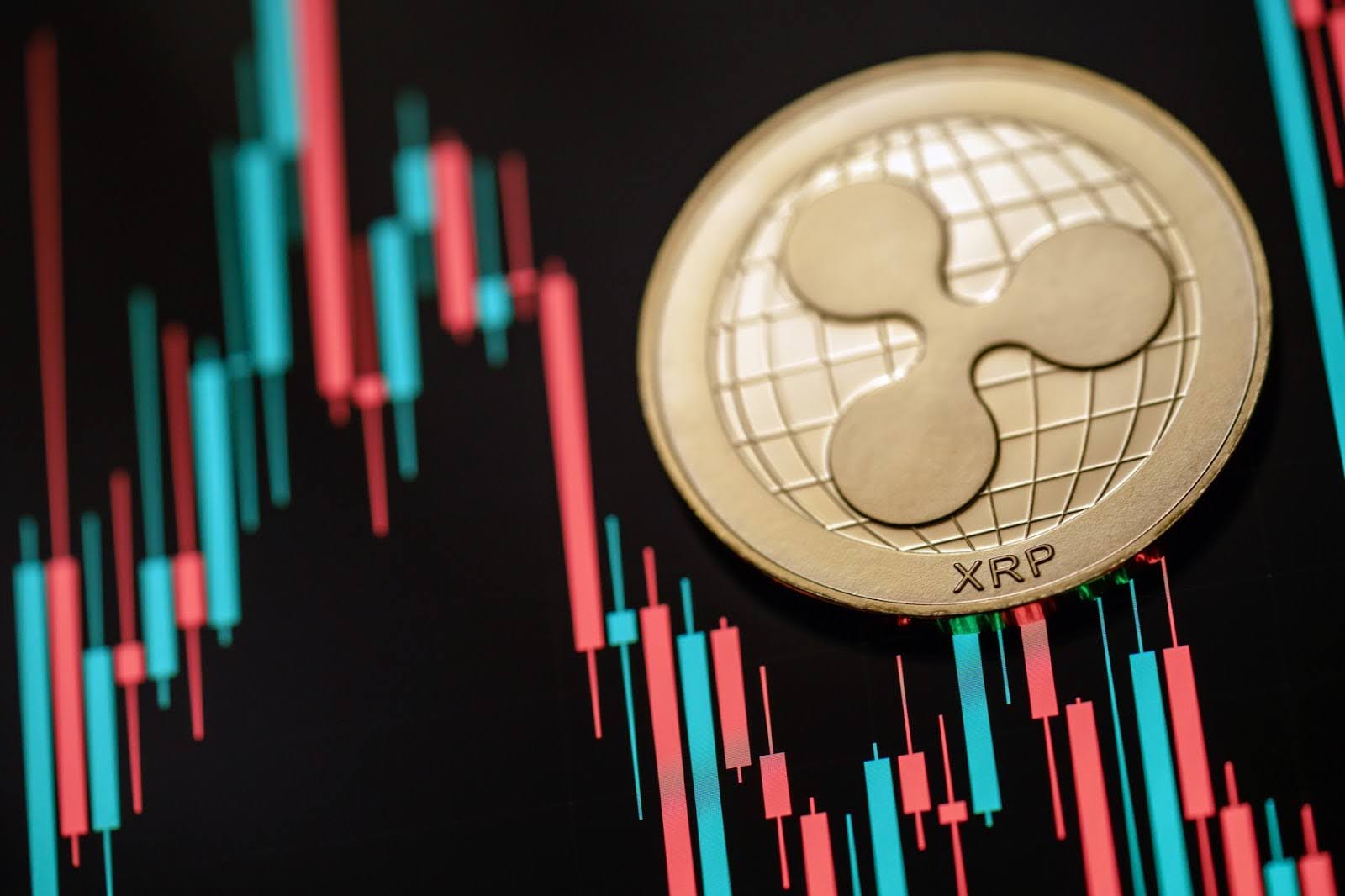
Grant paid in cryptocurrency is a first for U-M: A Q&A with Peter Adriaens
Latest grant installment will continue U-M’s research in blockchain tokenization of infrastructure.

Latest grant installment will continue U-M’s research in blockchain tokenization of infrastructure.
Experts
The University of Michigan is accepting its first grant paid in cryptocurrency, coincidentally, for its continuing work in the blockchain/crypto field.
In 2019, U-M was selected as one of 26 universities to join the University Blockchain Research Initiative (UBRI)—a program funded by Ripple, one of the first fintech firms. Ripple was started by a team that includes U-M alumni. It provides governments and financial institutions the means to “move, manage and tokenize” the value of their financial resources via Ripple’s ledger (XRPL) and its stablecoin cryptocurrency, RLUSD. Ripple became famous in 2012 by cutting time and cost for international money transfers.
Peter Adriaens, a U-M professor of civil and environmental engineering and the School for Environment and Sustainability, discusses the project and the payment.

Adriaens: Since 2019, U-M has received about $2 million for its work in the University Blockchain Research Initiative. This latest $200,000 installment is being paid out in Ripple’s new stablecoin cryptocurrency, RLUSD, which was launched last November.
A stablecoin should not be confused with the speculative memecoins or other cryptocurrencies, which are very volatile. RLUSD is a cryptocurrency designed to minimize price volatility by pegging its value to a stable asset, typically a fiat currency like the US dollar. It offers speed of transfer, lower transaction costs and is programmable to automate transactions between institutions or performance triggers.
This first grant to the university paid in cryptocurrency reflects and validates one of my research group’s main research themes: using blockchain and new financial instruments for real-world applications. It’s both a test case for university administration procedures and a model for potential future blockchain-based grant and payment systems. U-M’s wallet platform converts the stablecoin to dollars upon receipt.
Adriaens: Few universities were engaged in this kind of research so Ripple founded UBRI as part of an effort by fintech companies to create an incentive for researchers to develop market-driven use cases. Ripple’s UBRI funding helped us first build a community here by supporting a FinTech Collaboratory that linked the College of Engineering’s Center for Digital Asset Finance, the Ross School of Business’s FinTech Initiative and the Ford School of Public Policy’s Center on Finance, Law and Policy. Engineering’s center, within the Department of Civil and Environmental Engineering (CEE), was the University’s lead principal investigator.
The Collaboratory led to increased involvement from engineering and business students, particularly those who were already running the Michigan Blockchain undergraduate club, which was conducting peer-to-peer learning sessions for students to code smart contracts, facilitating entrepreneurial business development and consulting with some of the largest fintech and DeFi (decentralized finance) companies in the US. For example, Michigan Blockchain students won the first International Blockchain Olympiad in Hong Kong in 2019 with Vivica, a tracking solution for cross-state opioid prescriptions, followed by several other successful submissions.
After that initial community building, we shifted our focus to applied research. In particular, we looked at potential uses for the cryptocurrency XRP and Ripple’s blockchain ledger, XRPL, in infrastructure finance (CEE), unbanked communities (Ford), and hackathons for new business solutions (Ross).
Adriaens: At U-M, I have been focused on the tokenization of infrastructure financing—for example tollroads, water utilities or ports. The scale is difficult to exaggerate: The municipal bond market is $4.4 trillion dollars, of which 70-80% is used for infrastructure financing. Municipal bonds built America. Coincidentally the first muni was issued in 1817, the same year U-M was founded, to finance the Erie Canal, thus unlocking trade from the East Coast to the Great Lakes states.
In this context, tokenization refers to issuing municipal bonds or loans on a blockchain and breaking them into smaller, tradeable digital tokens.
That enables investors, not just large financial institutions but also individuals (retail investors), to invest in infrastructure and receive fixed-income (interest) returns. Blockchain tokenization of infrastructure bonds simplifies the transaction process by reducing the intermediaries such as law firms and credit agencies using code, called smart contracts. That also reduces the cost of financing infrastructure. Though not blockchain-based, as an analogy you can think of how Venmo has changed bank-based transactions of cash. No more transaction costs, no waiting time for checks to clear, or paperwork to be filled out at the counter.
We’re doing the same for financial instruments used for infrastructure assets, by automating payouts of interest to bond buyers, and automating parts of the issuing costs of bonds. Overall, it reduces those financing costs, making bonds more liquid since tokens are tradable, loops in retail investors, increasing efficiency and transparency.
Adriaens: Where we really want this to go is to value the performance of the infrastructure in real time, and pay the tokenholders based on how the value changes over time by way of data and their insights. This is more like a stock, where value changes based on performance, a process called data assetization.
Smart infrastructure gets us there, as many of my colleagues in CEE are designing, testing and integrating digital sensors and Internet of Things (IoT) software and hardware into our infrastructure to monitor performance.This can be energy efficiency in buildings, water or oil leakage in pipelines, load sensors on bridges for reliability, in-line weight monitoring for logistics on roads, digital stormwater control systems, and even human interaction with infrastructure using wearable sensors. The data delivers insights on performance efficiency, such as maintenance needs, infrastructure deterioration, use and materials performance, which helps with monetary valuation of the asset.
In addition, the computational infrastructure can also be used to generate new revenue streams. Examples include contracts with telecoms networks, data licenses to carbon market brokers to mint and sell carbon credits, or insurance agreements with corporations seeking water efficiency benefits by buying water credits based on pipeline leaks in water networks. Hence, the digital backbone of smart infrastructure functions kind of like an app store, where different commercial applications can be built on the data from our infrastructure.
A good local example is the Cav Corridor Project here in Michigan, where you have a private company developing a traffic lane on I-94 for connected and automated vehicles that collect data. Real estate firms, construction companies, technology firms seeking to mine information and the advertising industry can structure license agreements to access that kind of information. In industry parlance, experts are starting to refer to tokenized public-private partnerships that manage information across the lifecycle of the smart infrastructure.
To realize data assetization through tokenization, new smart contracts are being built and tested to automate the execution of data offtake agreements for infrastructure asset performance. Clearly, this trend has privacy and cybersecurity implications, and requires a regulatory framework for cryptodata custody and compliance. The Administration recently signed the Genius Act of 2025, designed to regulate stablecoins which are the underlying cryptocurrency of the proposed infrastructure tokens.